OPPO is now the number one phone brand in Southeast Asia, citing a new report published by research firm Canalys.
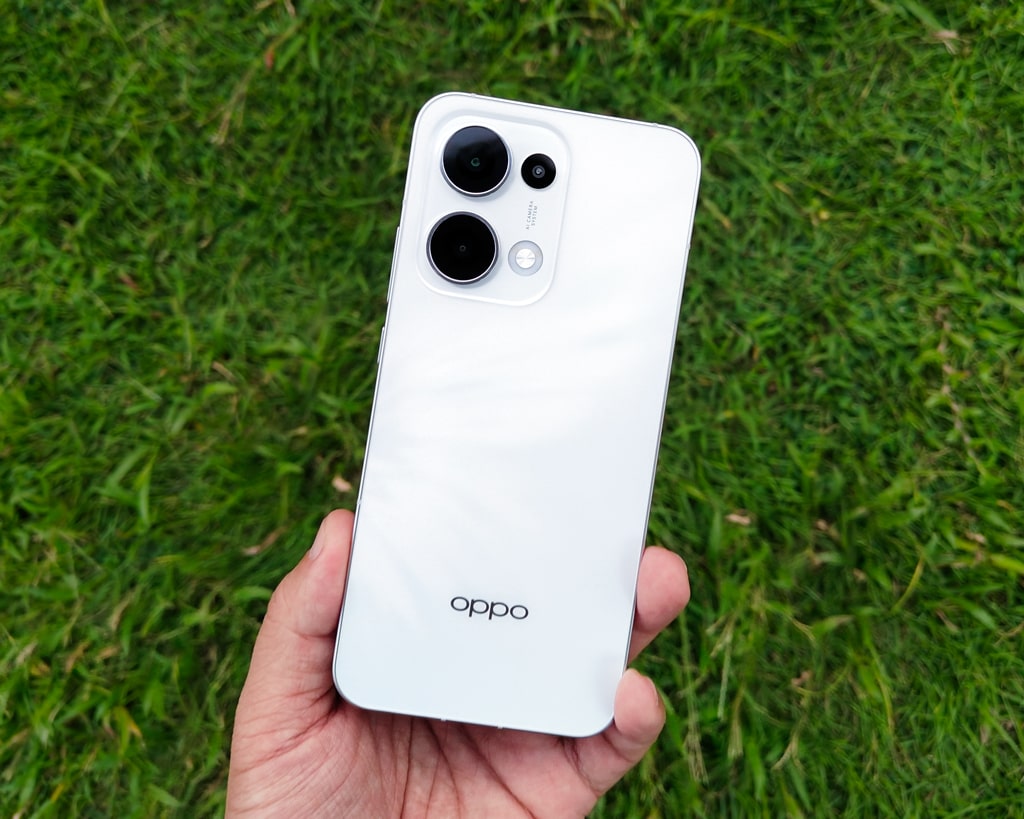
Why it matters: The region’s smartphone market grew faster than the global average of 7%, showing increased demand despite price sensitivity. This is the first time that OPPO has topped in the region with heavy competition from longstanding brands like Samsung and newer brands under TRANSSION.
Southeast Asia’s smartphone market saw strong growth in 2024, with shipments reaching 96.7 million units, an 11% increase from the previous year, according to research firm Canalys. This marks a recovery after two years of decline.


OPPO became the top smartphone brand in the region for the first time, shipping 16.9 million units and capturing an 18% market share, growing 14% year on year.
According to Canalys Analyst Le Xuan Chiew, OPPO’s success in 2024 came from better product planning and investments in high-end devices. The A18 was the best-selling model of the year, while the A3x boosted sales through retail channels. However, unlike global trends, the average selling price (ASP) of smartphones in Southeast Asia declined due to price-conscious consumers.
Samsung followed OPPO with 16.6 million units and a 17% market share. TRANSSION and Xiaomi tied for third place, each holding 16% of the market. vivo completed the top five with a 13% share.
In the fourth quarter of 2024, however, smartphone shipments in Southeast Asia grew 3% year on year to 24.4 million units. TRANSSION became the top brand for the first time, shipping 4.1 million smartphones and taking a 17% market share, thanks to strong demand in Indonesia and the Philippines.

TRANSSION led the Q4 2024 charts and its success was driven by entry-level models like the Hot and Smart series, as well as expanded distribution in smaller cities. Meanwhile, Samsung increased its ASP by 14%, from $285 in Q4 2023 to $326 in Q4 2024, due to strong sales of the Galaxy A55 and S series models. Samsung aims to move budget Android users toward premium models and plans to introduce AI and ecosystem upgrades through its S25 series.
OPPO (excluding OnePlus) ranked second, shipping 3.9 million units (16% market share), followed by Xiaomi with 3.8 million units (16%). Samsung dropped to fourth place with 3.6 million units (15%), prioritizing higher-value models over volume. vivo had its best quarter since 2022, shipping 3.5 million units (14%), with strong sales of the Y19s.
High-End Smartphone Growth
The premium smartphone market in Southeast Asia is expanding as brands strengthen their sales channels. Companies that invested in retail partnerships during the 2023 slowdown are now benefiting from those efforts.
HONOR saw 11% growth in 2024, supported by operator partnerships and a stronger mid-to-high-end lineup, particularly in Malaysia. It also entered Indonesia for further expansion. In Q4, HONOR ranked fourth in Malaysia and Singapore for the first time.
Apple recorded 15% annual growth in 2024, driven by its emerging market strategy and wider retail presence. To remain profitable in the high-end segment, brands are focusing on better inventory management and financing options instead of heavy discounts.
2025 Market Outlook
Canalys Analyst Sheng Win Chow emphasized that inventory management will be key in 2025. Overestimating demand leads to excess stock and price cuts, while underestimating demand limits market growth. With frequent smartphone launches, brands have little time to adjust sales strategies.
Market leadership is no longer just about volume. Factors like profitability, operational efficiency, and ecosystem expansion are becoming more important. Companies investing beyond smartphone sales—such as in software and services—will have a stronger market position. Samsung’s Digital Lighthouse School Program, which integrates its tablets with education software, is an example of this approach.
Southeast Asia’s smartphone market is expected to remain competitive in 2025, with brands focusing on premium models, financing options, and ecosystem expansion to attract more users.
What are your thoughts on the growing smartphone market in Southeast Asia? Will premium models dominate, or will budget-friendly devices remain popular?



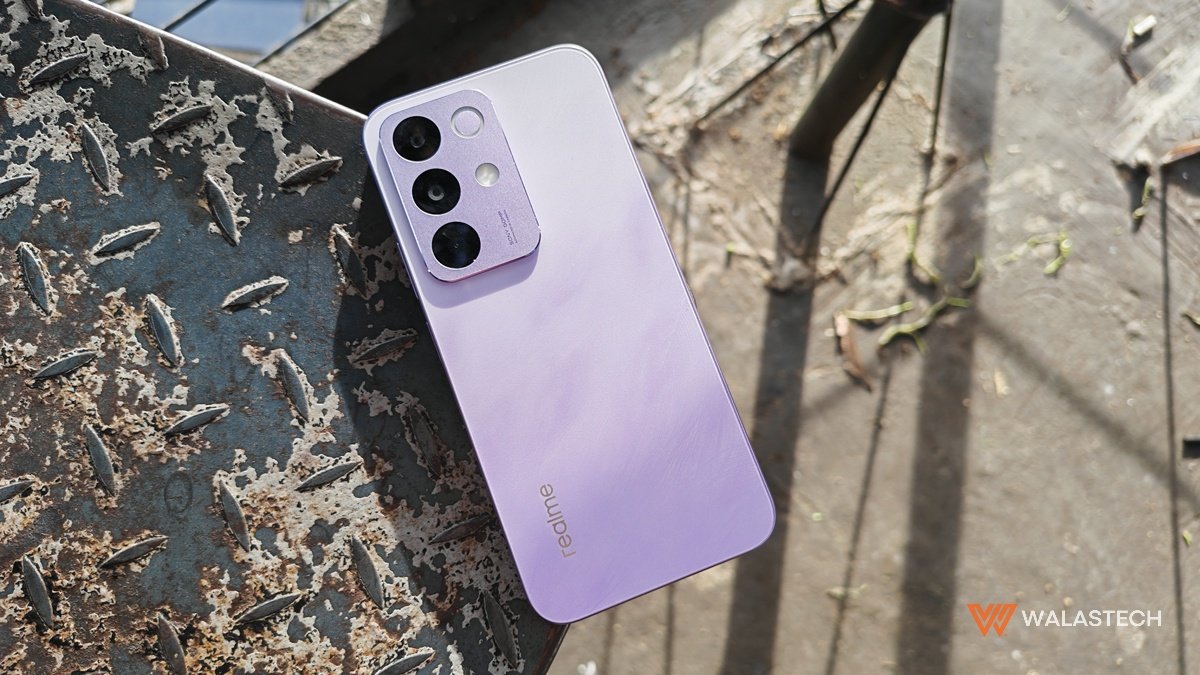
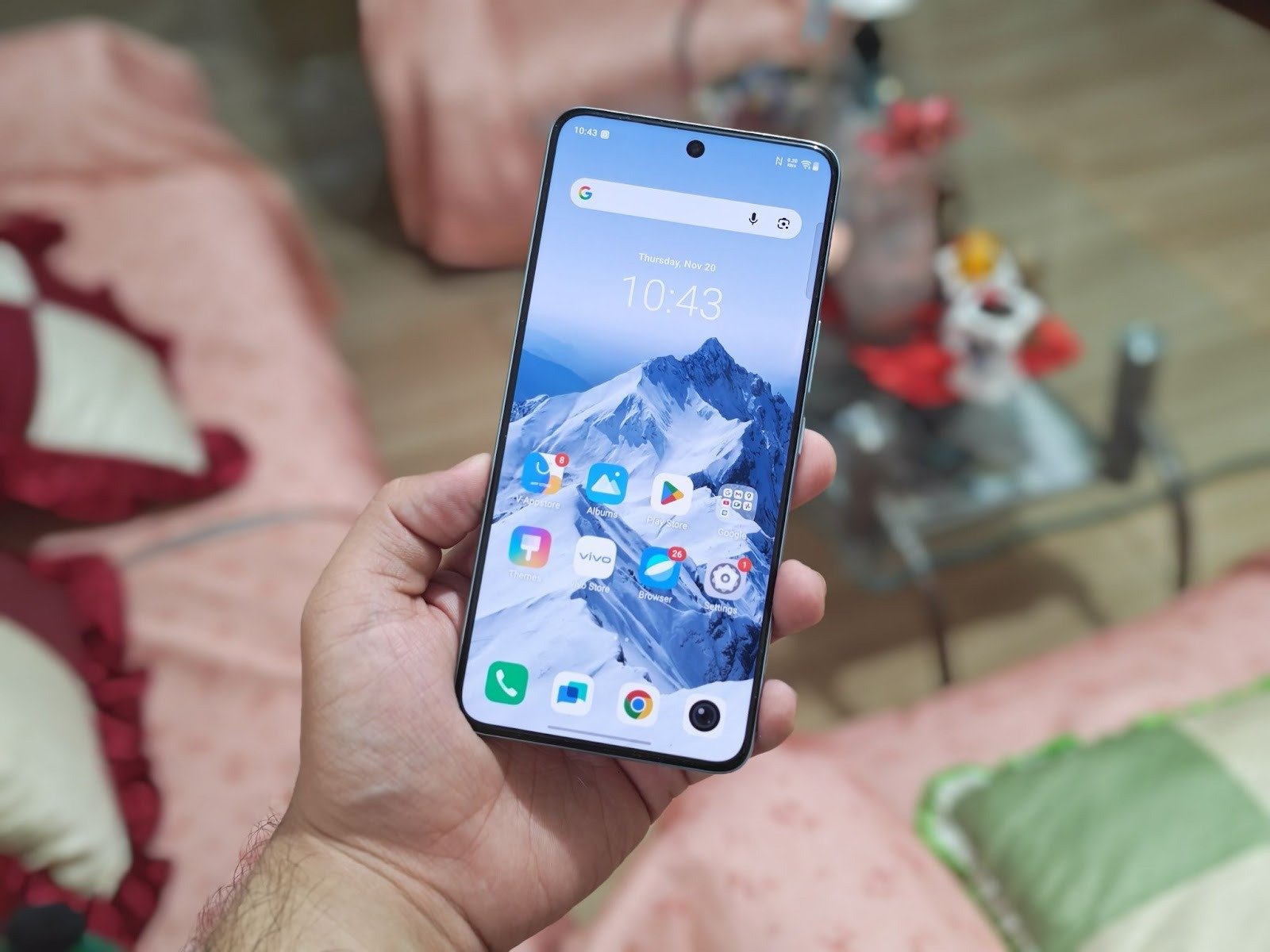

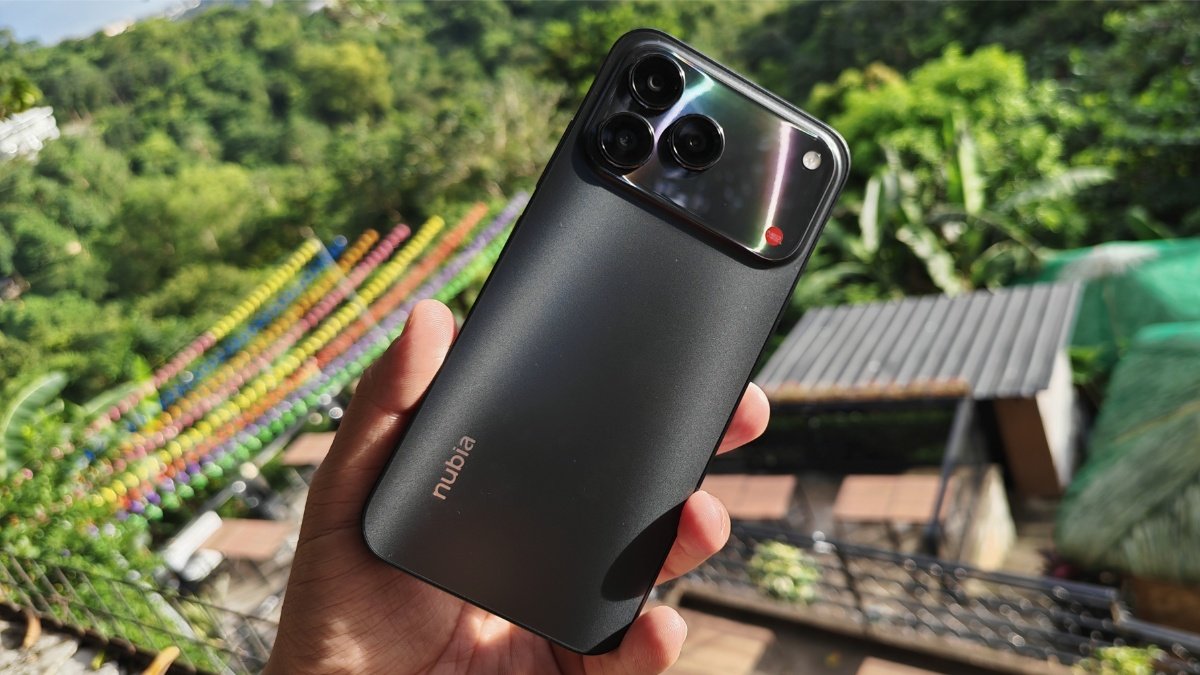
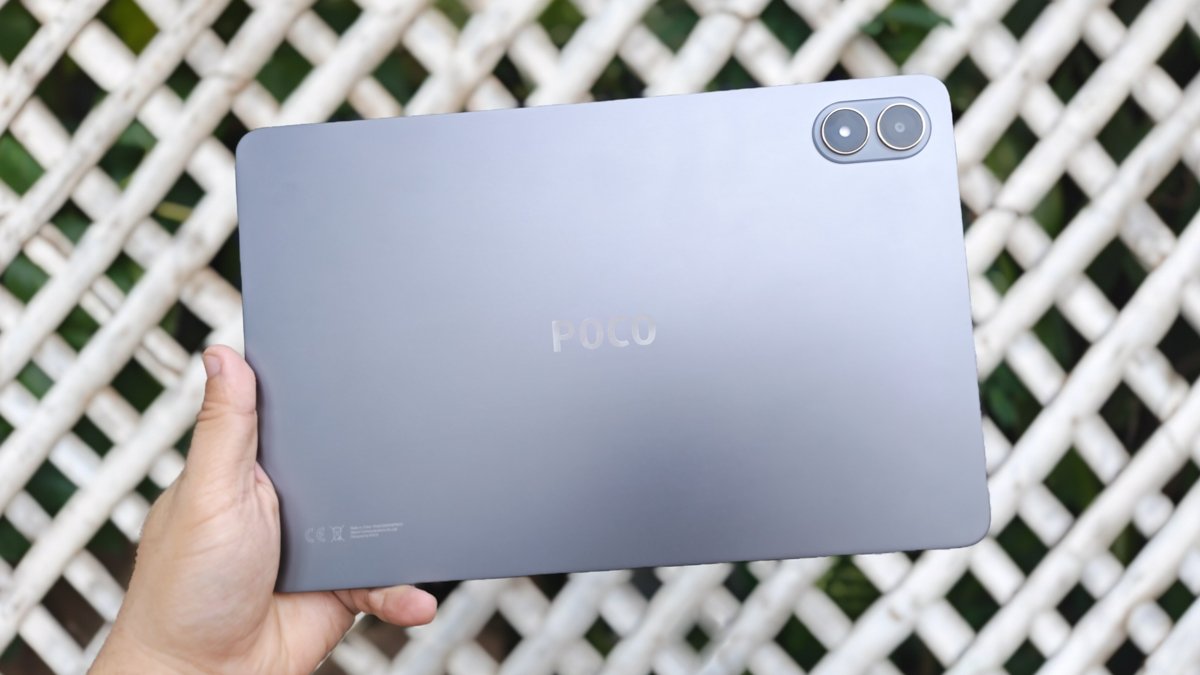
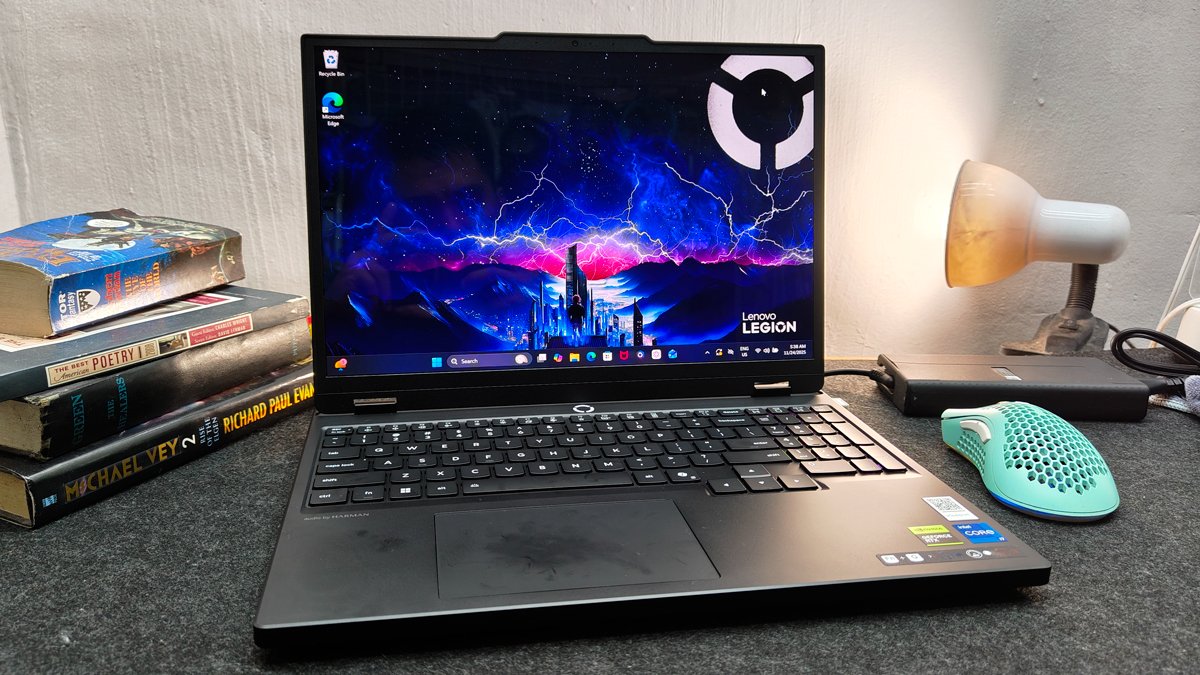
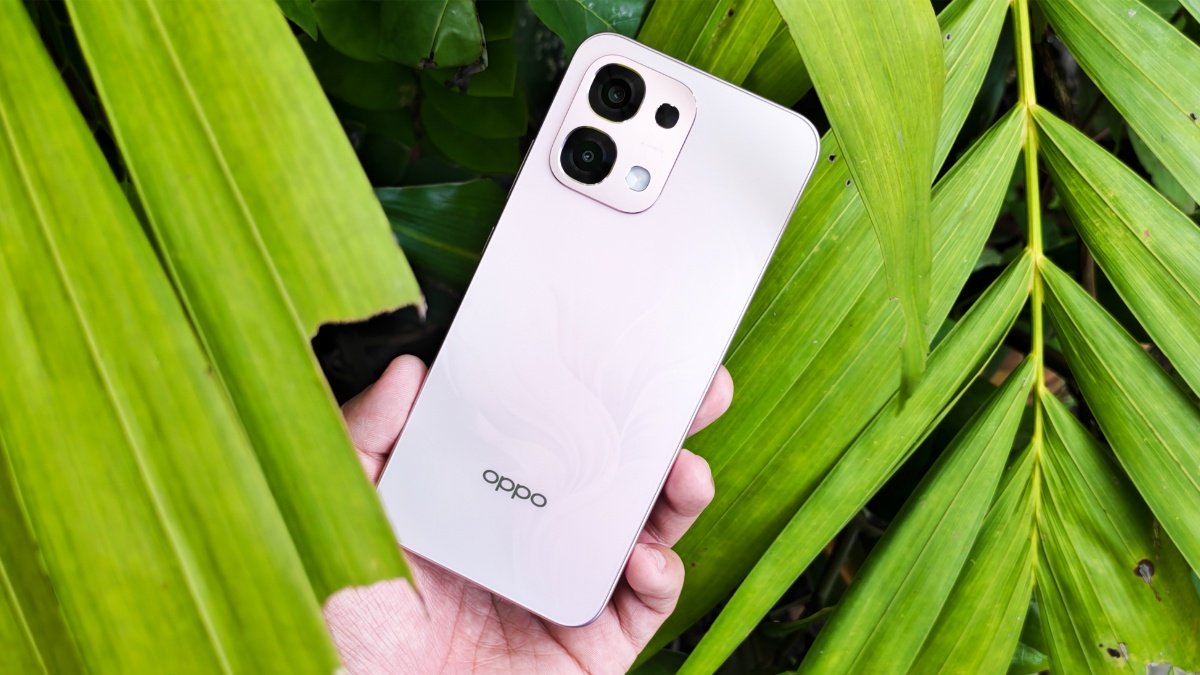
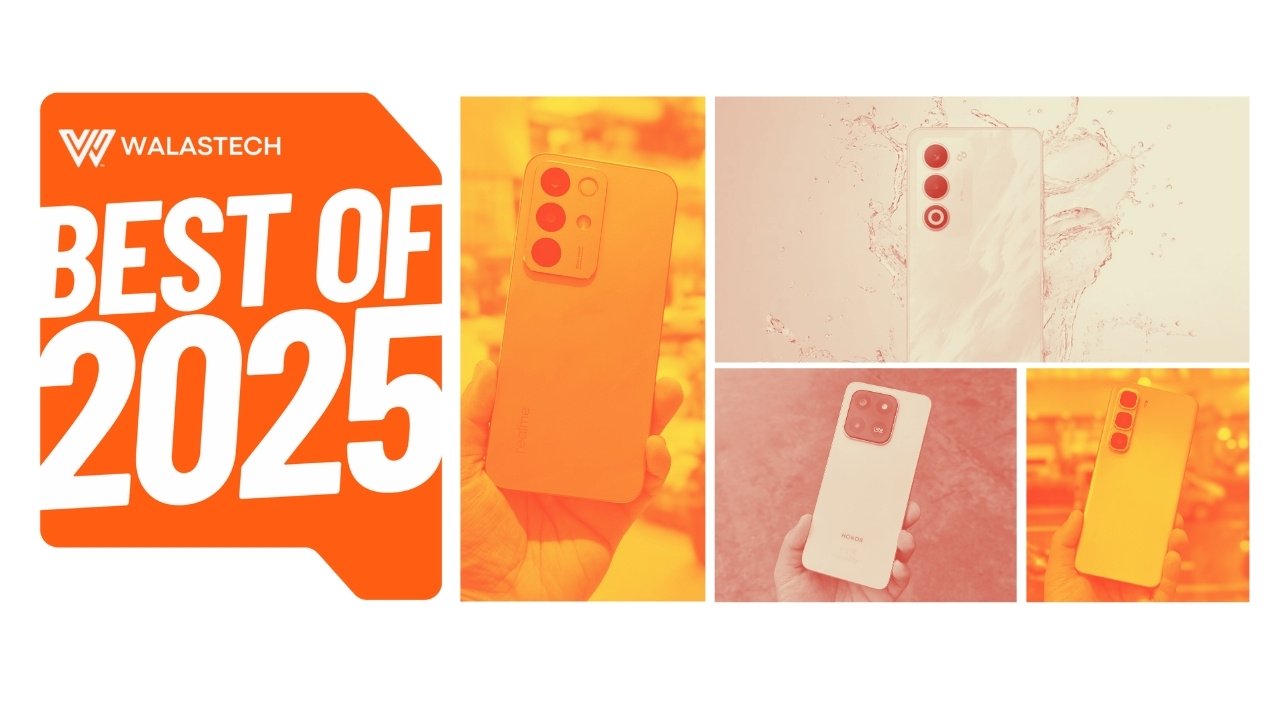



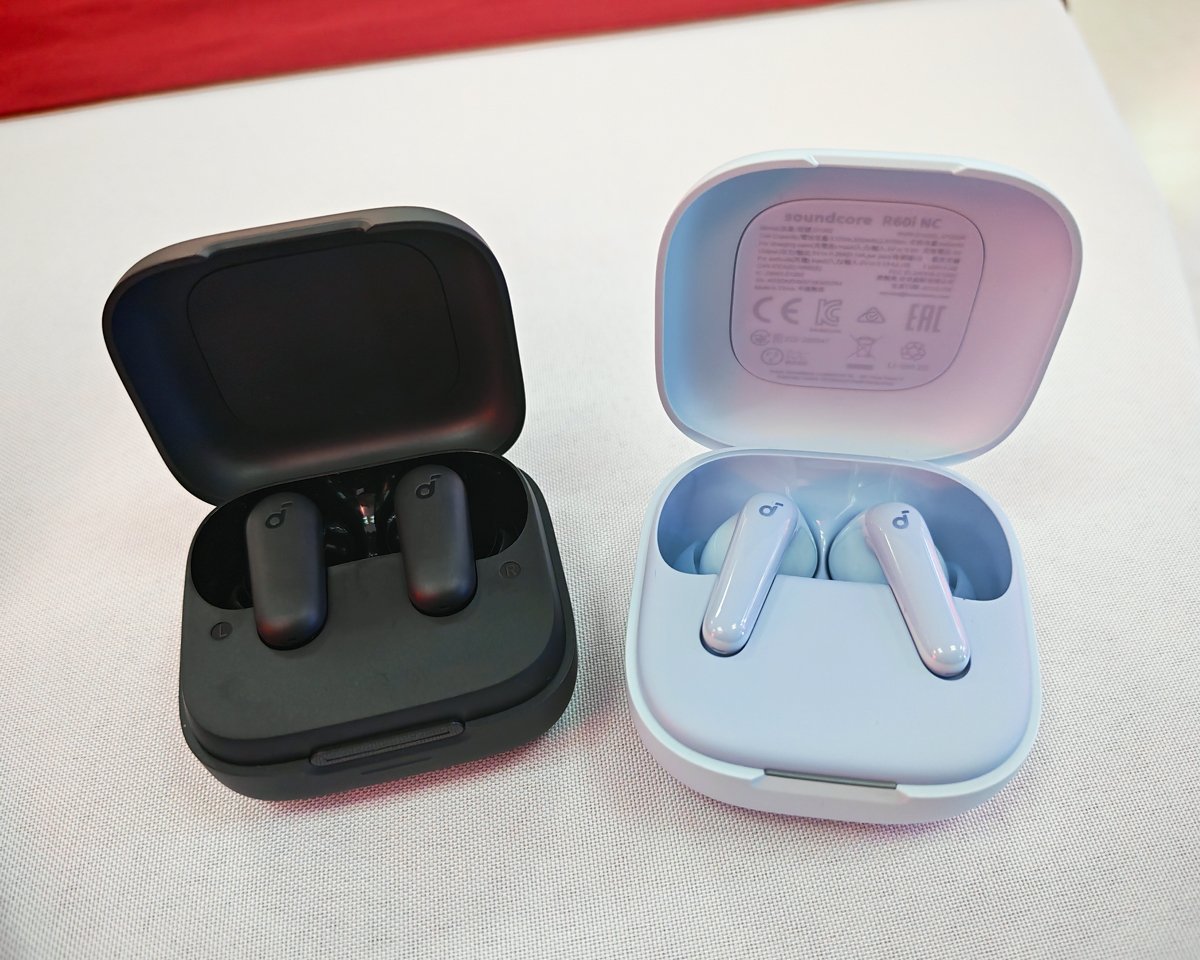


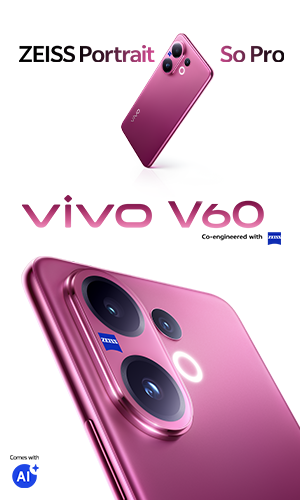


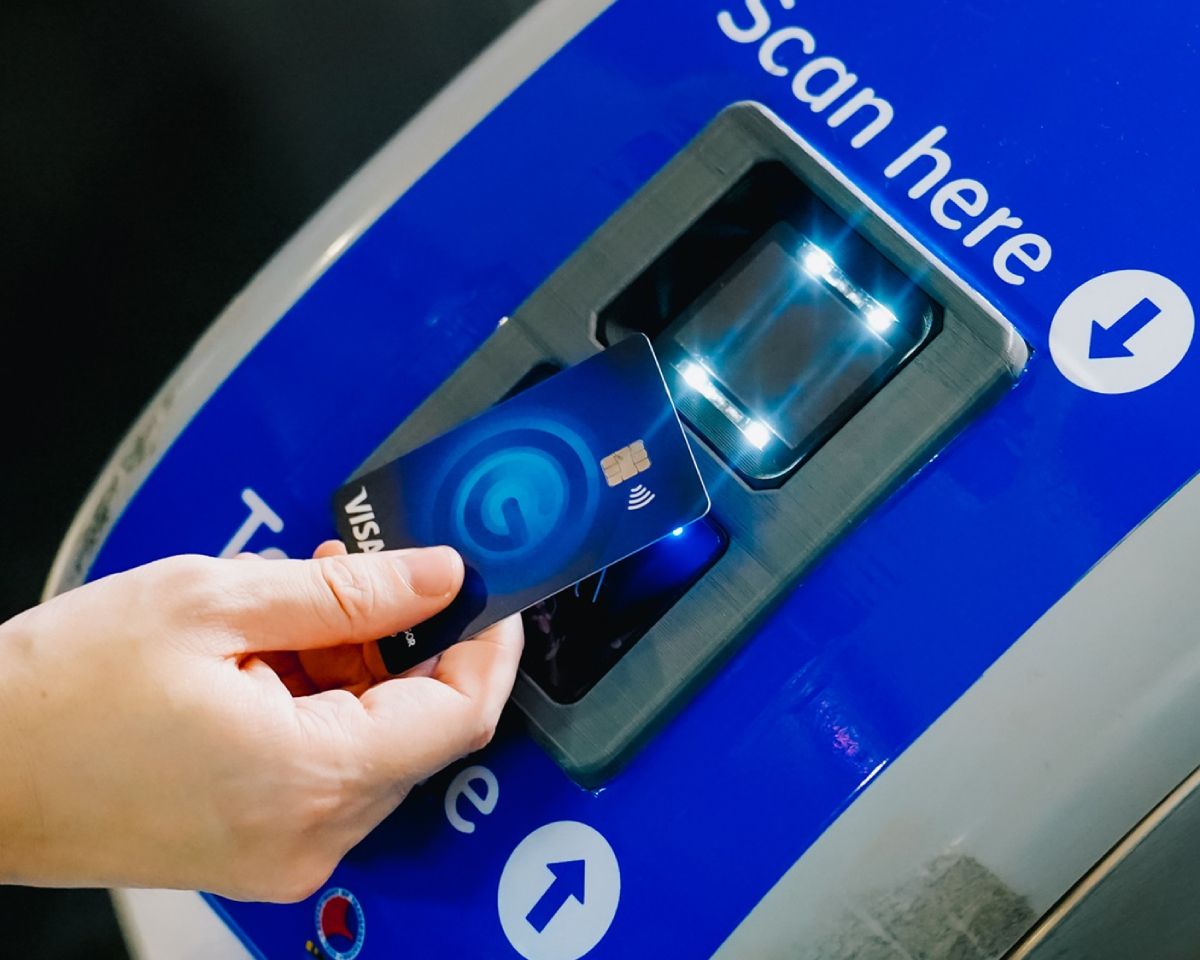
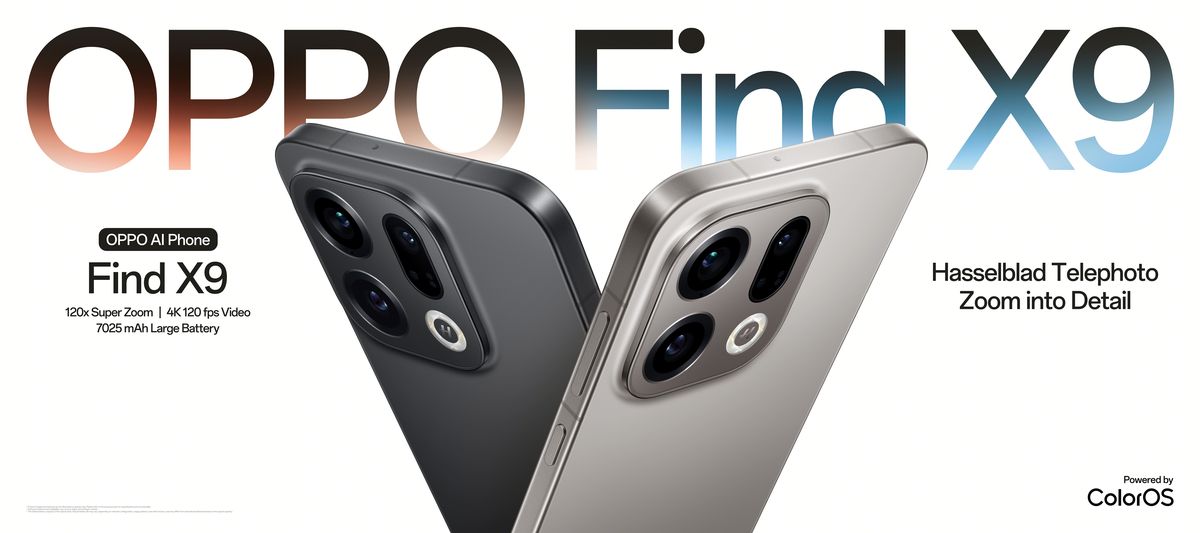
Leave a Reply